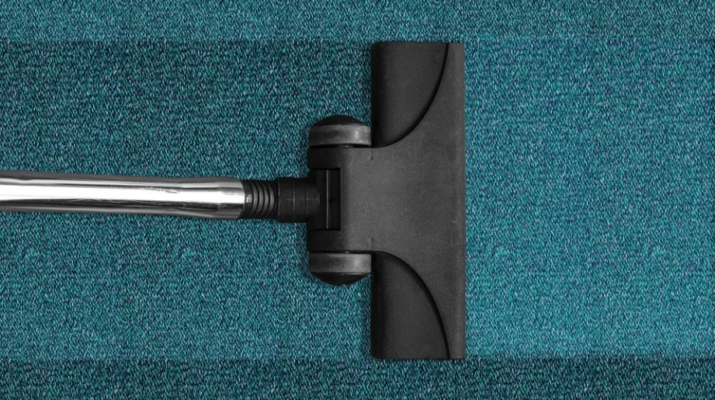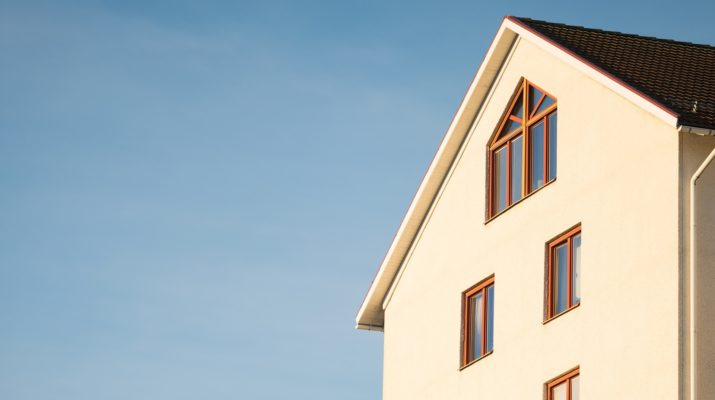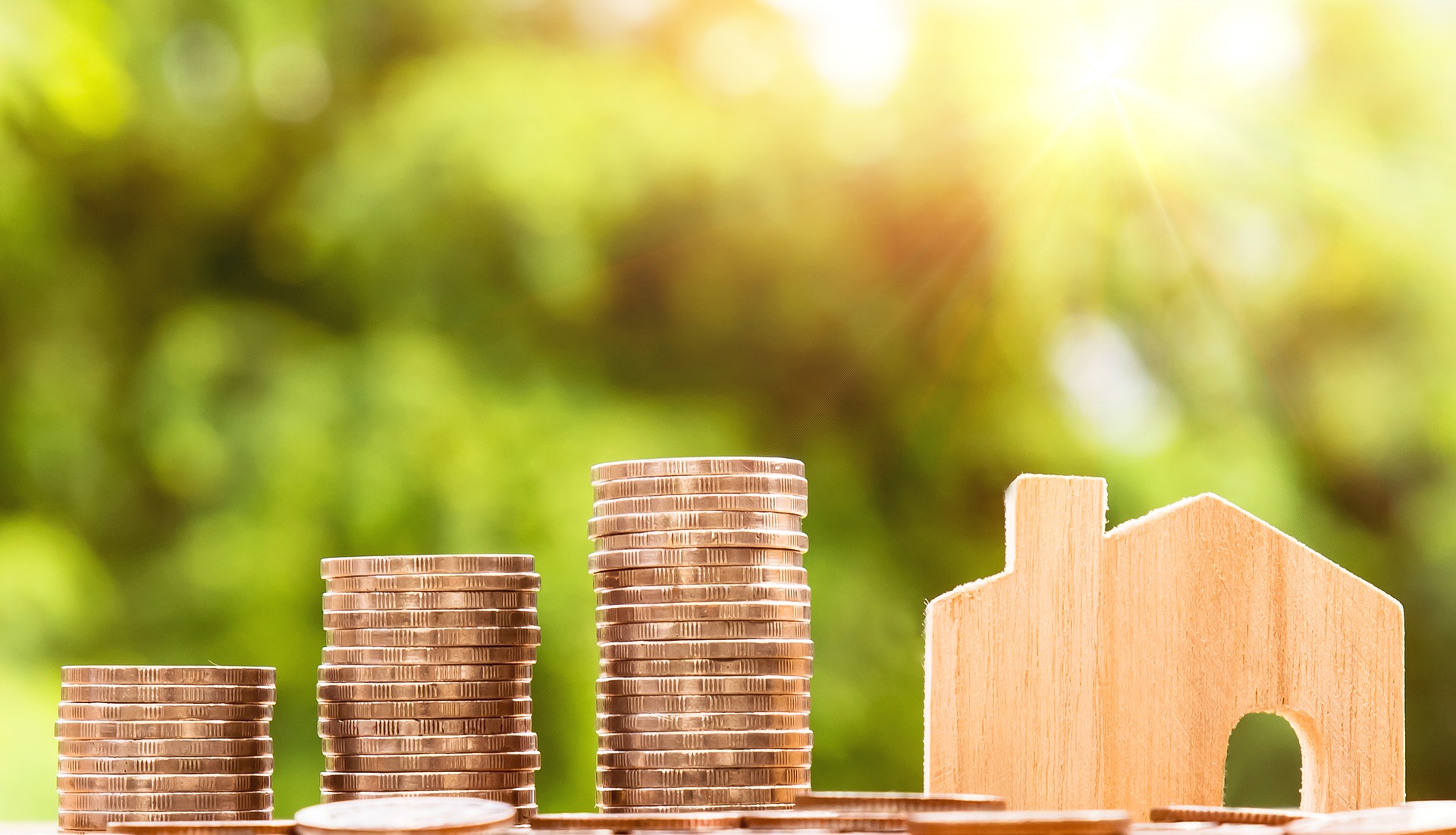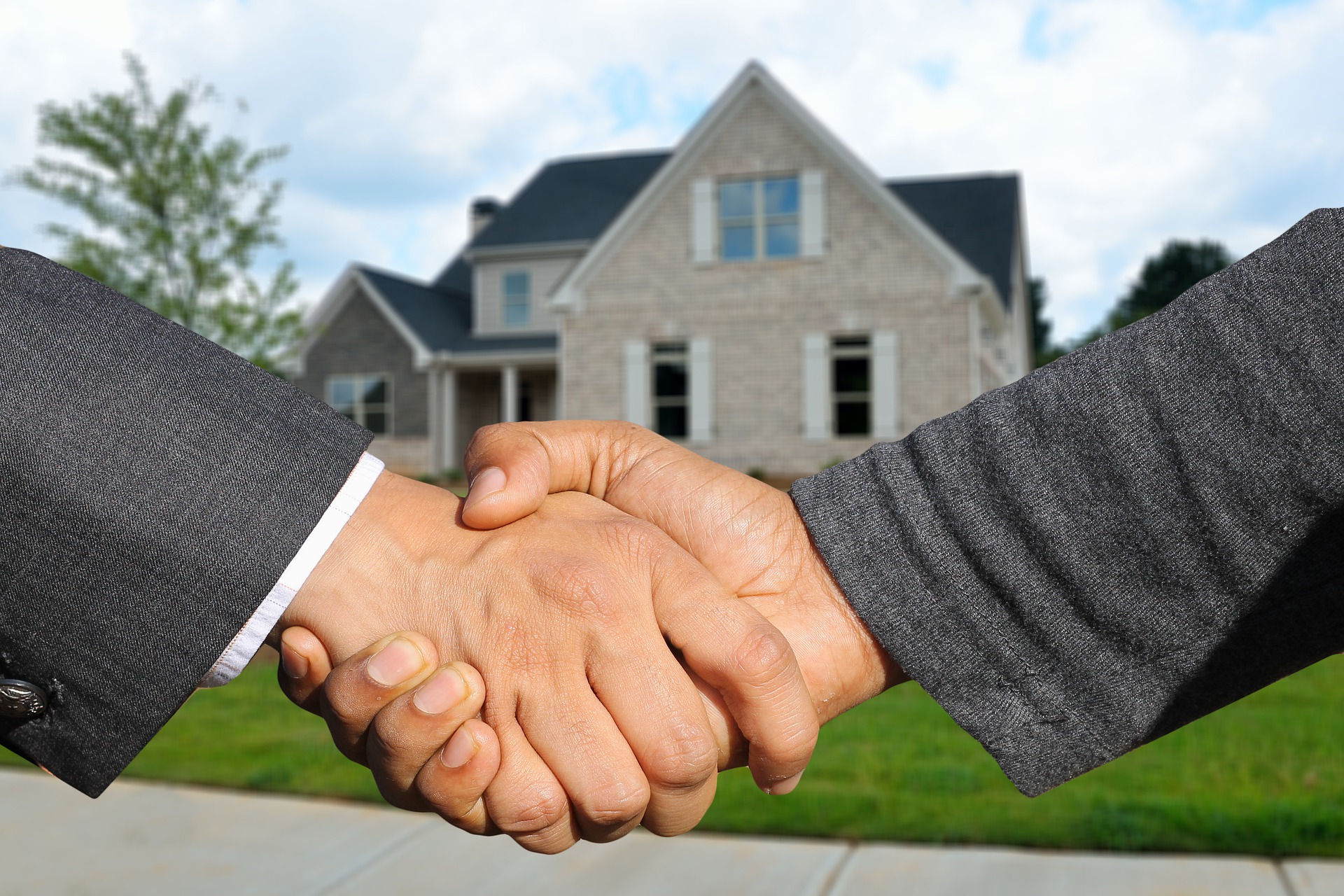In a world increasingly characterized by climate anxiety, our homes have become sanctuaries—a refuge where we seek solace from the chaos outside. What if you could bring the calming essence of nature into your living space? Nature-inspired designs not only beautify our environments but also offer a therapeutic escape that nurtures our mental well-being. Imagine lush greens, soothing earth tones, and organic textures enveloping you in tranquility as you unwind after a long day.
In this blog post, we’ll explore how incorporating natural elements into your home can create a peaceful haven for both body and mind—helping us to reconnect with the healing power of the environment while embracing sustainable practices. Join us on this journey to transform your living space into an oasis of calm amidst uncertain times.
Sustainable Materials
Gone are the days when flashy and wasteful were cool. Now, it’s all about materials that are eco-friendly, responsibly sourced, and built to last. Think reclaimed wood, bamboo flooring, recycled metal fixtures, low-VOC paints, and natural fibers like linen and organic cotton. People are choosing furniture made from sustainable sources, often from local makers, to reduce shipping emissions. It’s not just about being green—it’s about feeling good in a space that aligns with your values.
Secondhand Pieces
Thrifted, vintage, and upcycled pieces are having a serious moment. Not only does buying secondhand reduce waste and demand for new production, but it also adds character and uniqueness to a home. Plus, the thrill of finding the perfect vintage rug or mid-century armchair? Chef’s kiss. Online marketplaces, garage sales, and estate auctions are the new design playgrounds. It’s about mixing and matching in a way that’s stylish, not wasteful.
Biophilic Design
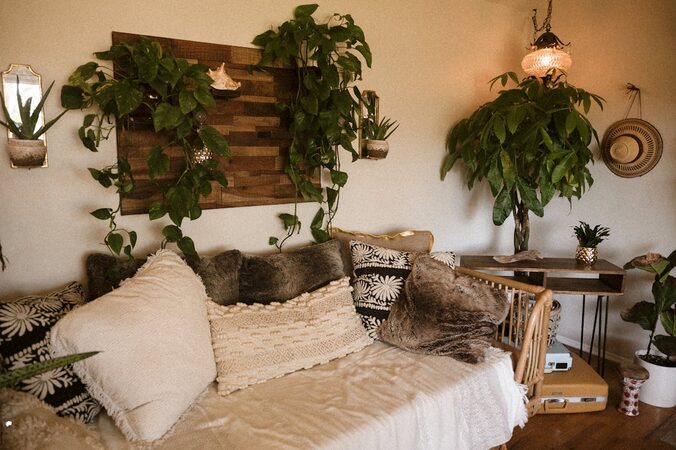
Plants aren’t just a trend— in the hands of a top Maplewood interior designer, they’re practically therapy. Biophilic design, which emphasizes a connection to nature, is booming as more people crave a calming environment that reminds them of the outdoors. We’re talking green walls, indoor gardens, natural light, earthy color palettes, and organic shapes. Studies even show that spaces designed with nature in mind can reduce stress and boost well-being. In a climate-anxious world, that’s a big deal.
Energy Efficiency
From smart thermostats to solar panels, sustainable energy solutions are becoming a part of interior design conversations. Swapping out outdated appliances for energy-efficient ones and using LED lighting is eco-friendly and can also help lower utility bills. Designers also focus on insulation, window treatments, and layouts that maximize natural light and airflow, reducing the need for heating and cooling. Form meets function, beautifully.
Minimalism With Meaning
Minimalism isn’t just about clean lines and decluttered spaces—it’s about intentional living. People are choosing quality over quantity, investing in fewer, better things that last longer and have a smaller environmental footprint. This approach not only reduces consumption but also creates a calmer home environment. In the age of climate anxiety, a peaceful, low-stress space feels more essential than ever.
Interior design is no longer just about aesthetics—it’s a way to respond to a world in flux. In this era of climate anxiety, our homes are becoming sanctuaries of sustainability, comfort, and mindfulness. Whether it’s adding more plants, thrifting your next coffee table, or choosing low-impact materials, every small change counts.…

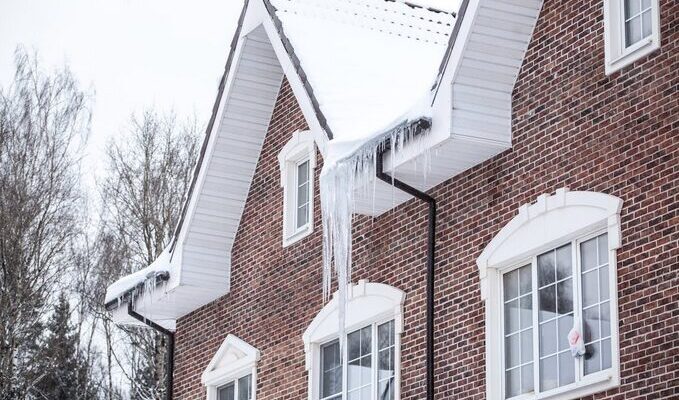
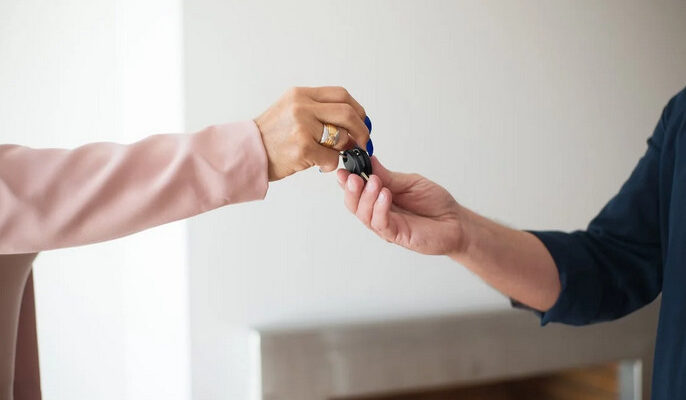
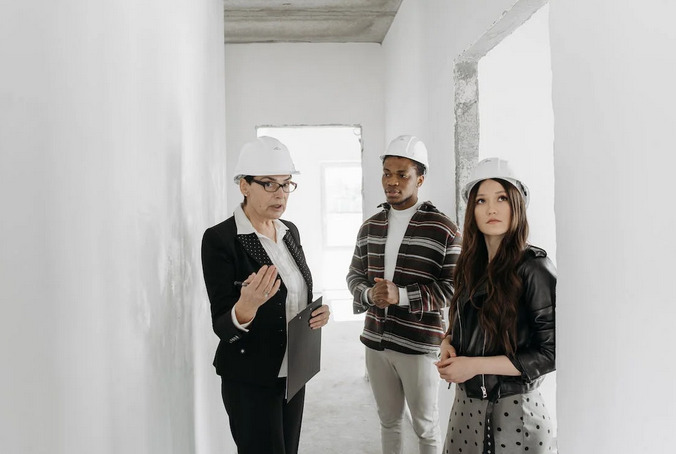
 A building inspection is an assessment of a property’s condition. It is usually conducted by a qualified inspector who will look at the property’s inside and out structure. A pest
A building inspection is an assessment of a property’s condition. It is usually conducted by a qualified inspector who will look at the property’s inside and out structure. A pest 
 There are a variety of natural repellents that you can use to keep pests out of your home. Plants such as marigolds, lavender, and mint have strong scents that help ward off insects like mosquitoes.
There are a variety of natural repellents that you can use to keep pests out of your home. Plants such as marigolds, lavender, and mint have strong scents that help ward off insects like mosquitoes. It’s important to inspect your home periodically to ensure there are no potential entry points for pests. Caulk and seal any cracks, holes, or gaps around windows, doors, and other openings. For larger openings, like chimneys or air vents, you can use steel wool to help block any potential entry points.
It’s important to inspect your home periodically to ensure there are no potential entry points for pests. Caulk and seal any cracks, holes, or gaps around windows, doors, and other openings. For larger openings, like chimneys or air vents, you can use steel wool to help block any potential entry points. With natural pest control, cedar blocks or balls are great for keeping moths away from your clothing. Place the cedar blocks or balls in air-tight containers, closets, and dresser drawers to create a barrier that effectively repels moths and other pests.
With natural pest control, cedar blocks or balls are great for keeping moths away from your clothing. Place the cedar blocks or balls in air-tight containers, closets, and dresser drawers to create a barrier that effectively repels moths and other pests.
 To get a White Card, you need to enroll in an accredited training provider. The best way is by going online and searching for the relevant website, where you can do your home plumbing course. Many websites offer this kind of course online.
To get a White Card, you need to enroll in an accredited training provider. The best way is by going online and searching for the relevant website, where you can do your home plumbing course. Many websites offer this kind of course online. There are many benefits of getting your white card as a home plumber. One advantage is it will make you more employable, if not by yourself, then certainly with other plumbing companies who might recommend you for jobs where they don’t have the time or expertise to do all the work themselves and need some extra help. This is not only true for commercial jobs but also the smaller home plumbing projects where your local plumber might recommend you to their customers if they can vouch for your work and skillset. Another advantage of getting your white card is that it means you can work for yourself and start a company, although this would require more than just the standard plumbing equipment.
There are many benefits of getting your white card as a home plumber. One advantage is it will make you more employable, if not by yourself, then certainly with other plumbing companies who might recommend you for jobs where they don’t have the time or expertise to do all the work themselves and need some extra help. This is not only true for commercial jobs but also the smaller home plumbing projects where your local plumber might recommend you to their customers if they can vouch for your work and skillset. Another advantage of getting your white card is that it means you can work for yourself and start a company, although this would require more than just the standard plumbing equipment.